In today’s fast-paced world, retro design inspiration continues to be a wellspring of creativity and uniqueness. The allure of 70s aesthetics has re-emerged, offering fresh perspectives for modern graphic design. This article delves into the essence of retro styles, exploring their origins and evolution while uncovering how they remain relevant in contemporary design. From understanding what defines a retro aesthetic to examining its cultural influences, this piece will guide you through the transformative power of retro design inspiration. Whether you’re a seasoned designer or just dipping your toes into the world of creative expression, this exploration of retro design principles will leave you with actionable insights and a renewed appreciation for the past’s ability to shape the future.
Key Takeaways
– Mid-Century Modern Design: Blends traditional simplicity and functionality with vibrant 70s aesthetics, influenced by artists like Andy Warhol and cultural shifts.
– Hippie vs. Disco Cultures: While Hippies focused on communal living and social change, Disco emphasized entertainment and personal expression, shaping distinct subcultures.
– Retro Design Essentials: Combines bold colors, geometric patterns, and vintage typography to create nostalgic yet modern aesthetics, applicable across fashion, home decor, and digital products.
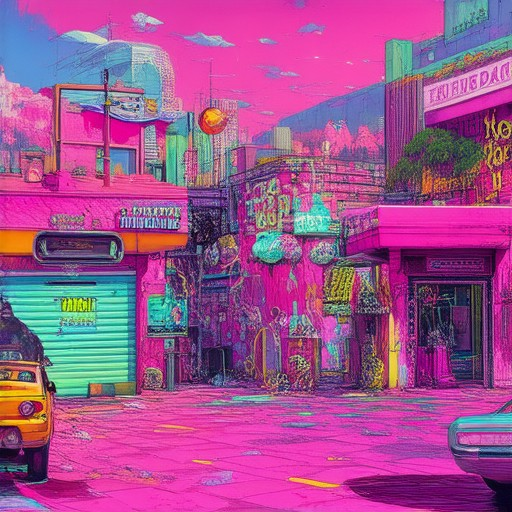
What Makes a Design Retro?
A retro design is characterized by the deliberate incorporation of aesthetic elements from past eras, often blending seamlessly with modern sensibilities to create a unique visual narrative. These designs resonate with audiences by evoking nostalgia, a powerful emotional trigger that connects people to their personal histories and shared cultural memories.
Key Elements of Retro Design
- Nostalgic Appeal : Retro designs tap into the emotions associated with the past, creating a sense of familiarity and comfort. By referencing eras like the 1950s, 1960s, or 1970s, designers can evoke a sense of timelessness and relatability.
- Historical Inspiration : Styles like Art Nouveau, which emerged in the late 19th century, serve as prime examples of retro design. Their distinctive features, such as flowing lines and intricate detailing, offer a stark contrast to contemporary designs, yet remain visually captivating.
- Timeless Quality : The ability of retro designs to transcend time is a significant factor in their enduring popularity. They bridge the gap between then and now, offering a bridge between generations and fostering a sense of continuity.
- Balanced Blend of Classic and Contemporary : Effective retro designs often combine classic elements with modern touches. This fusion ensures that the designs feel relevant without losing their historical roots, making them accessible to a broader audience.
- Target Audience : While vintage enthusiasts are a primary audience, retro designs also appeal to younger generations who appreciate the aesthetic without the sentimentality of the past. This broad appeal enhances the design’s marketability.
- Emotional Connection : Beyond aesthetics, retro designs create an emotional connection. They remind users of simpler times, fostering a sense of trust and reliability, particularly when paired with high-quality craftsmanship.
- SEO and Content Strategy : Integrating keywords related to nostalgia, vintage, and retro sales is crucial for SEO. Rich content, complete with detailed product descriptions and historical context, enhances user engagement and search engine visibility.
- Community Building : Platforms like RetroSales foster a sense of community by showcasing collections and encouraging storytelling. This approach not only engages users but also builds brand loyalty, turning customers into advocates.
By thoughtfully incorporating these elements, retro designs continue to thrive in modern marketing, offering a unique blend of heritage and innovation that resonates with consumers on multiple levels.
Where do you get design inspiration from?
Design inspiration can come from a variety of sources, and understanding where to look will help you fuel your creative process. Here are some effective ways to find design inspiration:
- Observation and Exploration : Start by paying attention to your surroundings. Look for patterns, colors, textures, and shapes in everyday objects and environments. This could be anything from a street sign to a geometric pattern in a floor tile.
- Art and Design History : Study iconic designs from history. Look into the works of famous architects, artists, and designers who have influenced modern aesthetics. Names like Eero Saarinen, Frank Lloyd Wright, and Le Corbusier often provide timeless inspiration.
- Cultural Context : Explore different cultures and their traditional designs. Many design elements are rooted in cultural heritage, such as Japanese minimalism or Indian textile patterns. These can offer unique perspectives and motifs.
- Nature and Landscapes : Nature itself is a rich source of inspiration. Consider the organic forms of plants, the texture of wood, or the patterns in stone. Natural elements often bring a sense of calm and creativity.
- Music and Art : Music can evoke emotions that inspire design ideas, while art can provide visual cues. Listening to classical music or viewing paintings by artists like Klimt or Matisse can trigger innovative design concepts.
- Travel and Exploration : Visiting new places exposes you to different architectural styles, local crafts, and cultural artifacts. This exposure can spark fresh ideas and lead to unique design solutions.
- Personal Collections : Your own personal style and collections can be a wellspring of inspiration. Whether it’s vintage finds, family heirlooms, or personal mementos, these items often carry stories and themes that translate well into design.
- Sketching and Note-Taking : Keep a sketchbook handy to jot down ideas as they come. Documenting observations and experimenting with layouts can help solidify design concepts.
- Online Communities and Forums : Engage with online communities dedicated to design. Platforms like Reddit, Behance, or Dribbble allow you to connect with fellow creatives and see what others are working on.
- Books and Magazines : Reading design-related books and magazines can open your eyes to new trends and techniques. Titles like “The Elements of Style” or browsing through “Architectural Digest” can reveal fresh ideas.
By thoughtfully exploring these avenues, you can build a strong foundation of design inspiration that reflects both your personal style and the broader influences shaping contemporary design.
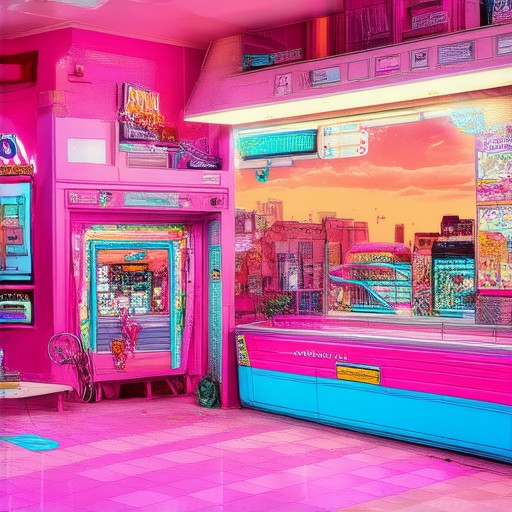
Retro Design: Exploring the Timeless Appeal of the 60s, 70s, and 80s
Retro design has become a popular cultural phenomenon, celebrating the aesthetic and cultural milestones of the past. While the term “retro” can sometimes be vague, it typically refers to design styles that reflect the influences of earlier decades, particularly the 1960s, 1970s, and 1980s. These eras each brought unique artistic movements, technological advancements, and social changes that continue to inspire modern design.
- The 1960s were marked by the rise of psychedelic art, minimalism, and the counterculture movement. This era influenced fashion, film, and graphic design, creating a distinct visual identity.
- The 1970s saw the emergence of punk rock, disco, and the development of iconic car designs. This decade also introduced bold colors and geometric patterns that remain synonymous with retro aesthetics.
- The 1980s brought a mix of neon lights, synthwave vibes, and a resurgence of 1950s-inspired designs. This era’s influence can be seen in today’s retro gaming and vintage fashion trends.
Retro design isn’t just about replicating the past; it’s about reinterpreting it for contemporary audiences. Many modern brands and designers draw inspiration from these decades to create pieces that evoke nostalgia while staying fresh and relevant.
At Retro Sales, we specialize in bringing together vintage enthusiasts and collectors with a curated selection of rare items and unique finds. Our blog delves into the history of retro culture, exploring the evolution of nostalgia and the enduring charm of yesteryear. Whether you’re a seasoned collector or just discovering the allure of vintage goods, Retro Sales offers a gateway to the past while keeping an eye on the future.
While we appreciate the creativity of competitors in the retro space, our focus remains on delivering high-quality, authentic pieces that celebrate the beauty of timeless designs. Explore our collection today and join us in embracing the charm of retro culture.
Explore Retro Sales
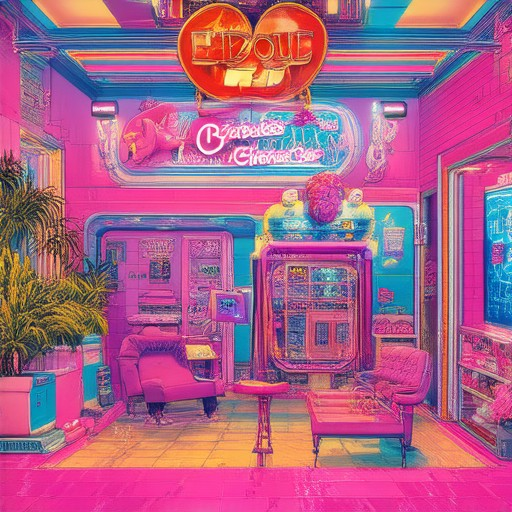
What is the 70s Design Style Called?
The design style of the 1970s is often referred to as Mid-Century Modern . This style emerged in the mid-20th century and continued to evolve through the 1970s, blending traditional modernist principles with new cultural influences. Mid-Century Modern design is characterized by its emphasis on simplicity, functionality, and clean lines, often inspired by Bauhaus principles. During the 1970s, this style incorporated vibrant colors, patterns, and materials influenced by the decade’s cultural shifts, including the rise of bohemian and disco aesthetics.
Key features of Mid-Century Modern in the 1970s include:
- Furniture : Pieces like the Eames chair and other iconic designs were reinterpreted with bolder colors and patterns, reflecting the era’s creative spirit.
- Art and Architecture : Influenced by artists like Andy Warhol, the 1970s saw the use of pop art and vibrant color schemes in design.
- Modular Furniture : The 1970s introduced modular and multi-functional designs, responding to the changing needs of society.
- Cultural Influences : The era blended elements from global design trends, including Japanese Minimalism (Yayoi style), creating a unique hybrid aesthetic.
This period marked a bridge between traditional modernism and the diverse cultural movements of the 1970s, resulting in a distinctive design language that continues to inspire contemporary interiors today.
What is the difference between 70s Hippie and Disco?
The terms “70s Hippie” and “Disco” refer to two distinct subcultures that emerged during the 1970s, though they share some overlap in time and context.
Hippie Movement
- Origins : The Hippie movement began in the mid-1960s, influenced by countercultural movements against the Vietnam War and societal norms.
- Key Characteristics : Emphasized peace, love, and communal living. Hippies were known for their long hair, tie-dye clothing, and opposition to mainstream society.
- Lifestyle : Focused on individual freedom, spiritual exploration, and alternative lifestyles.
Disco Culture
- Origins : Emerged later in the 1970s, particularly in urban centers like New York City.
- Key Characteristics : Centered around dance, music, and nightlife. Disco was associated with clubs like Studio 54 and a glamorous, party-driven lifestyle.
- Music and Fashion : Characterized by upbeat dance music and flamboyant fashion, including glitter, sequins, and elaborate hairstyles.
Differences
- Roots : Hippies originated from earlier countercultural movements, while Disco developed in response to the rise of the punk and rock scenes.
- Focus : Hippies focused on social change and communal living, whereas Disco was centered around entertainment and personal expression.
- Impact : Both had lasting legacies, with Hippie ideals influencing modern environmentalism and the counterculture movement, while Disco inspired a global dance music scene.
Both subcultures reflected the social and cultural shifts of the 1970s, but they represented different visions of life, community, and self-expression.
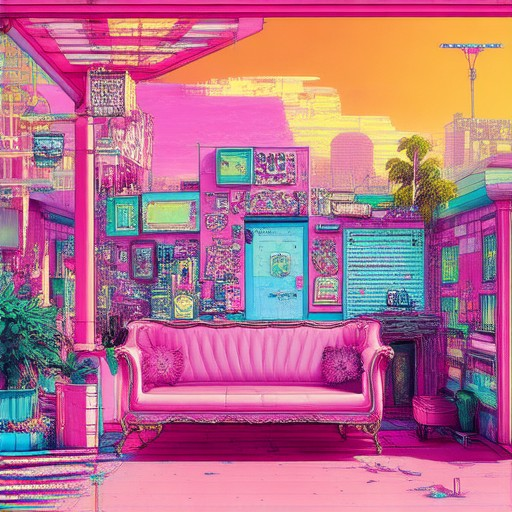
What Design Style is Retro?
Retro design refers to a design style that combines elements from past eras with contemporary influences, creating a unique aesthetic that bridges the gap between history and modernity. This style often evokes nostalgia while incorporating modern sensibilities to appeal to today’s audiences.
Core Characteristics of Retro Design
- Bold Color Palettes : Retro designs frequently feature vibrant, contrasting colors that reflect the pop culture of the mid-20th century. These colors are often reminiscent of the 1960s and 1970s, with shades like mustard yellow, deep purples, and fluorescent hues.
- Geometric and Patterned Textures : Geometric patterns, checkerboards, and abstract shapes are hallmarks of retro design. These motifs draw inspiration from art movements of the 1950s and 1960s, such as Op Art.
- Vintage Typography : Retro designs often incorporate distinctive fonts and typefaces that mimic those used in earlier decades, such as the 1940s and 1950s. These fonts have a timeless quality and can add a sense of authenticity to a design.
- Incorporation of Vintage Elements : Retro styles frequently blend historical textures, materials, and motifs into contemporary designs. This could involve the use of faux leather, metallic accents, or patterns inspired by classic fabrics.
Popular Applications of Retro Design
Retro design is utilized across various industries, including fashion, home decor, graphic design, and digital products. Examples include:- Fashion : Retro-inspired clothing often features bold patterns, oversized silhouettes, and iconic prints from the 1980s or 1990s.- Home Decor : Retro design in interior design incorporates vintage-inspired furniture, neon accents, and geometric wallpaper patterns.- Digital Products : Websites and apps may use retro design elements to evoke nostalgia while maintaining a modern feel.
Conclusion
Retro design is a versatile and enduring style that continues to resonate with audiences. By blending the best of the past with the present, it creates designs that are both familiar and fresh, making them highly appealing in today’s fast-paced world.
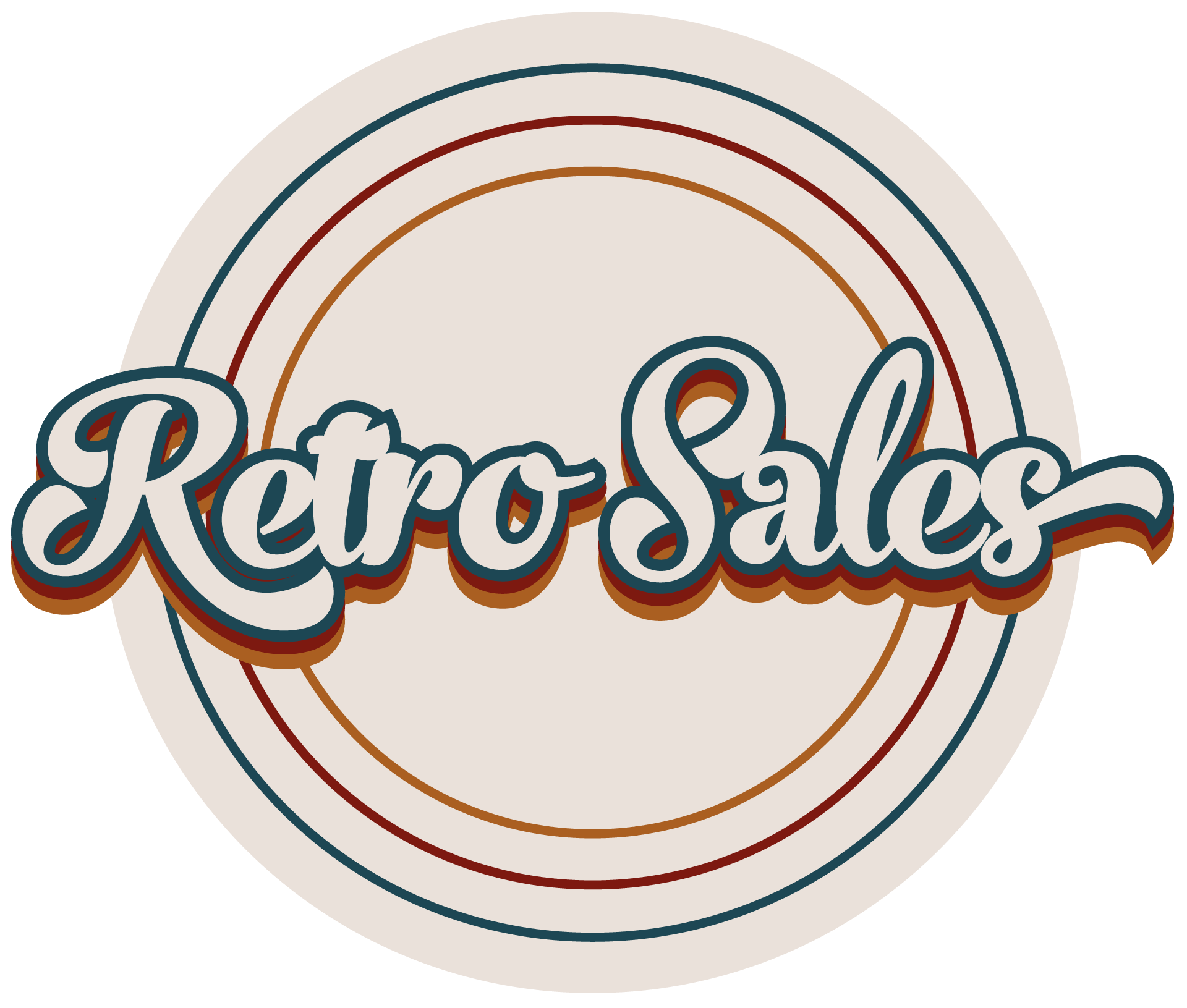
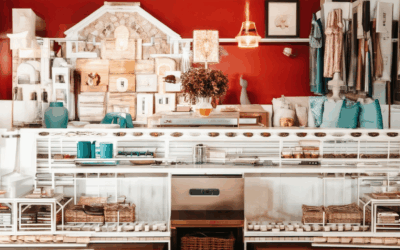
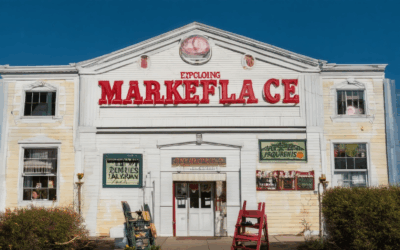
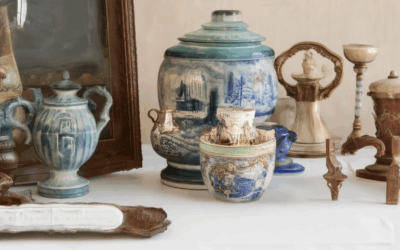
0 Comments